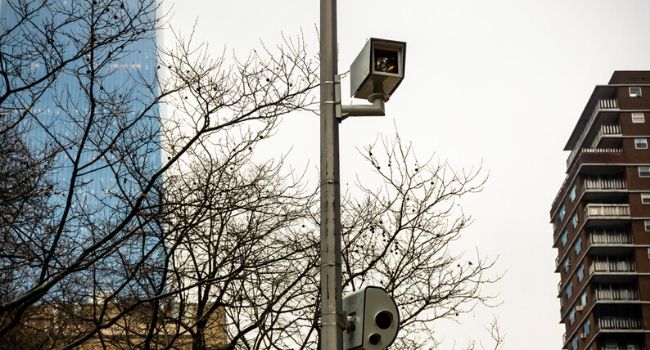
New Tool Uses Video Surveillance Feeds and Computer Algorithms to Track Social Distancing Behaviors
A MIchigan company is monitoring traffic in typically busy areas to show how locals are following stay-at-home orders during the coronavirus crisis.
- By Haley Samsel
- Apr 15, 2020
A startup based out of the University of Michigan is using a new tool to show how video surveillance and artificial intelligence can come together to help monitor social distancing behavior during the COVID-19 pandemic.
Voxel51, which is run by electrical and computer engineering professor and CEO Jason Corso, announced last week that his company has developed a tool to track vehicle, cyclist and pedestrian traffic in several usually busy areas across the U.S. and Europe, ClickOnDetroit reported.
The tool combines footage from existing public street cameras with computer vision models to track whether social distancing protocols are being followed at a certain time in a specific location. Voxel51’s algorithm assigns each location a “physical distancing index,” or PDI score, every 15 minutes by counting the number of objects in the frame.
“The PDI score helps people understand and compare how the coronavirus is changing social behaviors over time and enables municipalities to visualize how they’re doing from a public health perspective," Corso said, according to ClickOnDetroit. "Even though the virus is spreading, overall, we can see that the public response to the stay-at-home mandates has been rather dramatic and impressive.”
Right now, the program is actively tracking coronavirus hotspots like New York’s Times Square and Seaside Heights in New Jersey as well as Abbey Road in London, Fremont Street in downtown Las Vegas and a Fort Lauderdale beach. Intersections in Dublin and Prague are also part of the project.
Corso told MLive that the researchers chose to pull data from public camera feeds with higher quality footage that included “historical data” that researchers could access to compare to despite emergency warnings by the government, but have since tapered off due to fears of spread and shelter-in-place orders.
Responding to concerns about privacy of the people seen in video surveillance footage, Corso told VICE that the data is “an aggregate statistical measure with no identifying information at all” and would not include any individualized information if shared with law enforcement.
Voxel51 plans to add more specific locations for local governments and imagines that residents could use the tool to see if an area is crowded before deciding to head to the location, according to MLive.
“We expect to find rich information in the joint analysis of the physical distancing index and these other feeds,” Corso told ClickOnDetroit. “There is even a chance that the PDI can feed into a predictive model for cities not yet greatly affected and the potential for a renewed outbreak next year.
About the Author
Haley Samsel is an Associate Content Editor for the Infrastructure Solutions Group at 1105 Media.